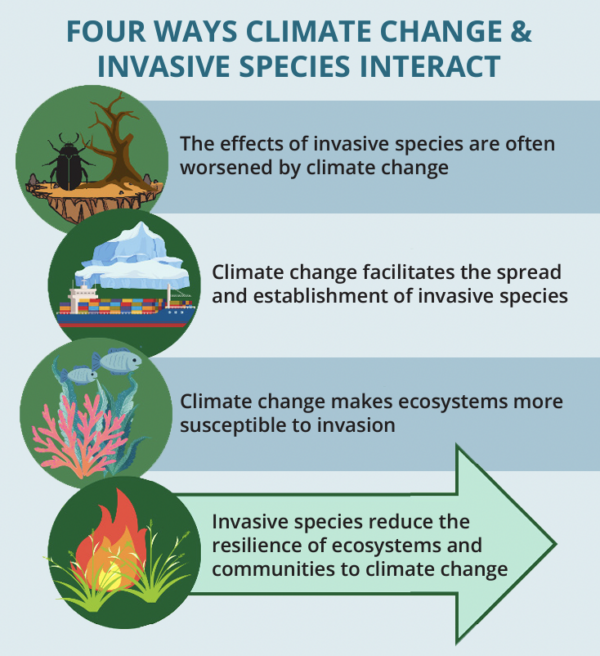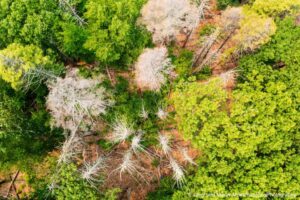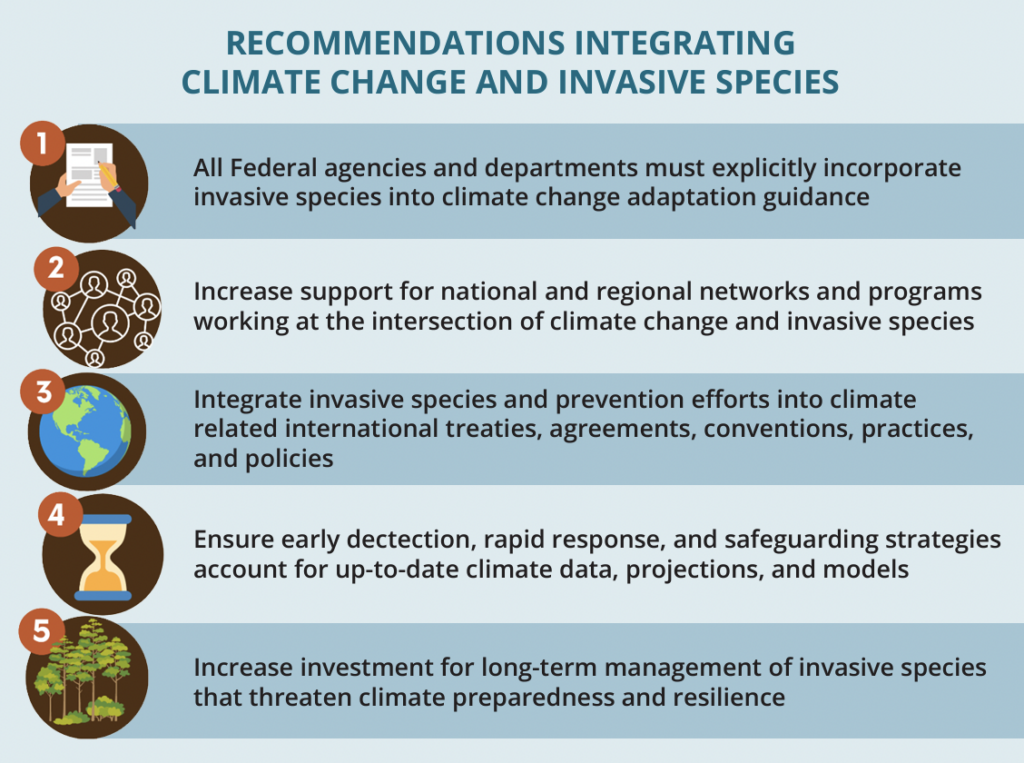Climate Ride and The Nature Conservancy’s Natural Climate Solutions Program

Imagine for a moment that you work for a federal agency tasked by the White House’s climate resilience program to create and institute the Climate Change Adaptation Plan for Florida wetlands. For your first step, you assess the threat: More extreme erosion and flooding due to rising oceans and loss of barrier reefs. Working alongside environmental engineers, you decide the best solution to adapt to these changes is to build a system of earthen barriers. Sounds great, right? One problem – did you think about the invasive green iguanas?
Over at The Nature Conservancy’s (TNC) Forest Pest and Pathogen Program- part of TNC’s Natural Climate Solutions Program – they are working hard to make sure the impacts of invasive species are fully understood and actively managed in all the federal Climate Change Adaptation Plans – even the ones coming straight out of the White House. The program’s director, Leigh Greenwood, recently co-authored a paper titled Invasive Species Threaten the Success of Climate Change Adaptation Efforts that will inform future climate adaptation strategies. Currently, the impacts of invasive species in North America cost over $26 billion annually. Climate change is expected to multiply those costs several fold in the years to come- and invasive species will only make the entire situation even more expensive and challenging.

It turns out that iguanas love to burrow, especially on the barriers made to mitigate flooding. If you don’t plan for that, soon you’ll have big earthen breaks riddled with holes- which doesn’t really work well for preventing flooding – just the problem you set out to solve. Similarly, invasive forest insects are killing trees all across North America at an alarming rate- and if you don’t slow the introduction and spread of these forest pests, then you won’t be able to sequester and store nearly enough carbon to reach your natural climate solutions goals.
Planning for climate change is complicated, and it takes a lot of consideration. Unfortunately, getting funding can be particularly challenging for projects like a deep-dive policy analysis- where the outcome is impossible to see, and the horizon for change feels pretty far away. But that doesn’t mean it’s any less important than building earthwork barriers to prevent erosion, or educating campers that moving firewood can accidentally spread invasive forest insects hidden deep in the wood. All of this work will help us deal with climate change impacts more effectively- and that’s exactly why Climate Ride believes in creating unrestricted funding for organizations like The Nature Conservancy.
Climate Ride has been a partner with TNC since 2014, supporting their Forest Pest and Pathogen Program’s work to keep trees healthy across North America. Climate Riders, through their pedal power, have a significant impact on conservation efforts and forest health initiatives. Climate Riders have generated more than $100,000 in grants for TNC’s Forest Pest and Pathogen Program- ensuring forest professionals at TNC can participate in research, contribute to policy-changing papers, and work on international projects that span political boundaries. By addressing the challenge of invasive species within the context of climate change, TNC is paving the way for more holistic and effective conservation strategies.

As climate change impacts increase, green iguanas are expected to start burrowing in new areas, not just Texas and Florida- and forest insects and diseases will be able to survive farther north in the less harsh winters of the climate-affected future. And these are not the only invasive species threatening climate resilience planning. We didn’t even dive into the invasive grasses increasing fire threats, or the snakes that are causing electric blackouts (be sure to read more on those in the case study section of the Invasive Species Council’s paper), or the myriad other species from kudzu to mosquitoes.

Thankfully, the Nature Conservancy’s Forest Pest and Pathogen Program is at the forefront of tackling many pressing environmental challenges, including the management and mitigation of invasive species. Unrestricted grants from Climate Ride allow TNC to allocate funds to critical yet potentially overlooked projects. This flexibility is essential in the dynamic field of conservation, where emerging threats require swift and innovative responses. Thanks to the unrestricted grants provided by Climate Ride, TNC has been able to embark on projects that would have remained unfunded, which would have knock-on effects for us all. Thanks to their work, more climate change adaptation plans will include strategies to mitigate invasives like the emerald ash borer, coconut rhinoceros beetle, laurel wilt, and those pesky iguanas too. These initiatives are crucial for maintaining biodiversity, protecting ecosystems, and ensuring the health of our planet for future generations.
If you’re interested in supporting efforts like these, check out our events like Climate Hike Glacier or California North Coast Ride where you can take on the challenge of an epic adventure and support their good work.